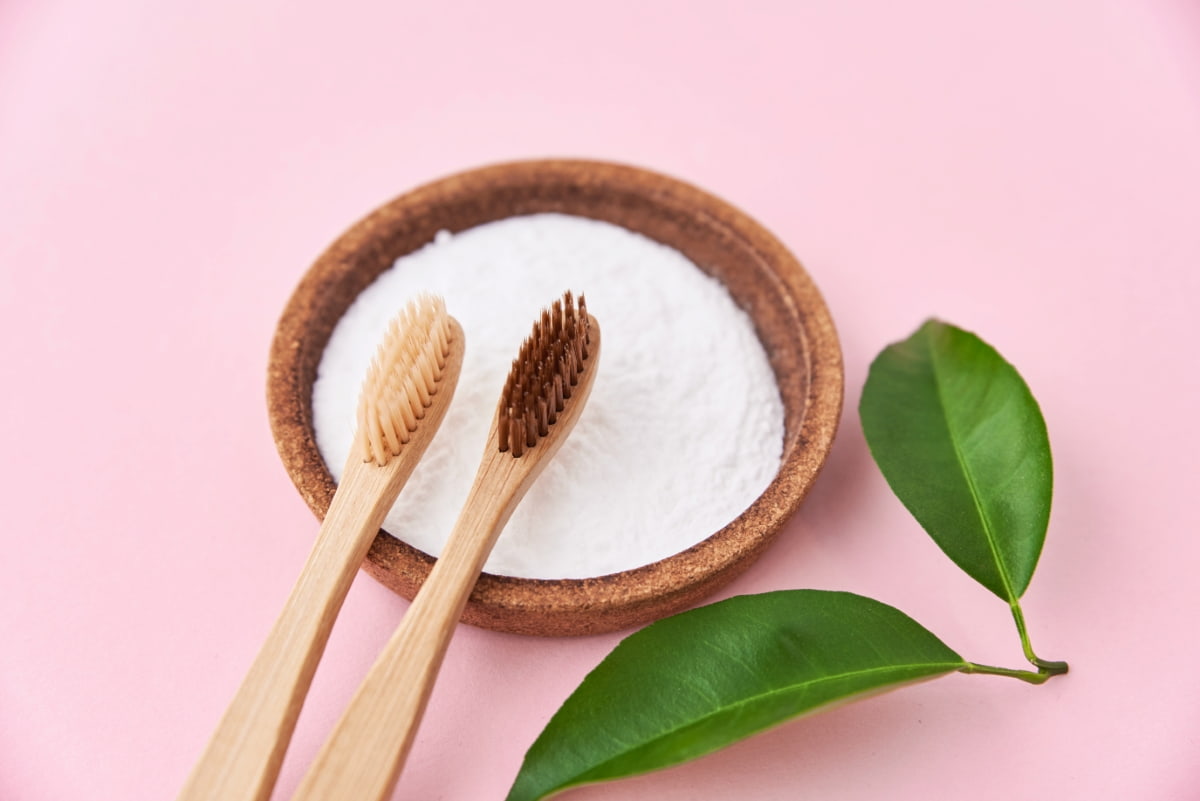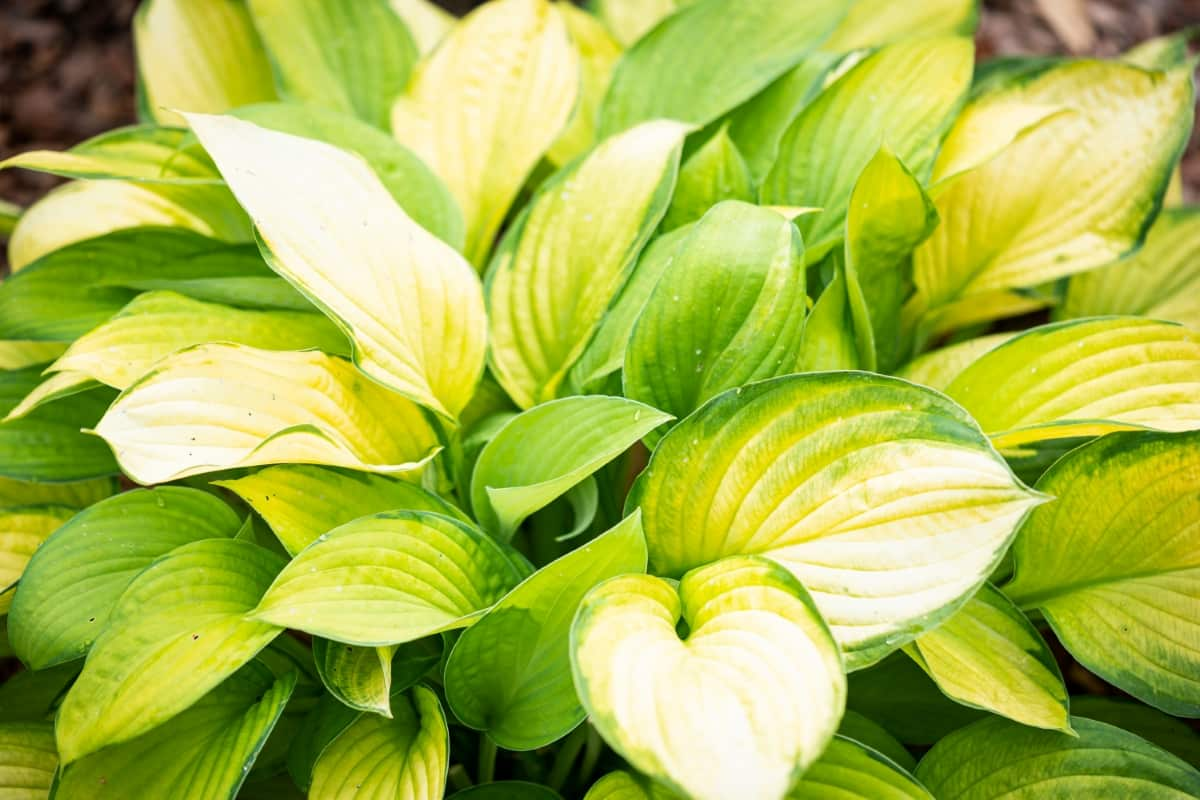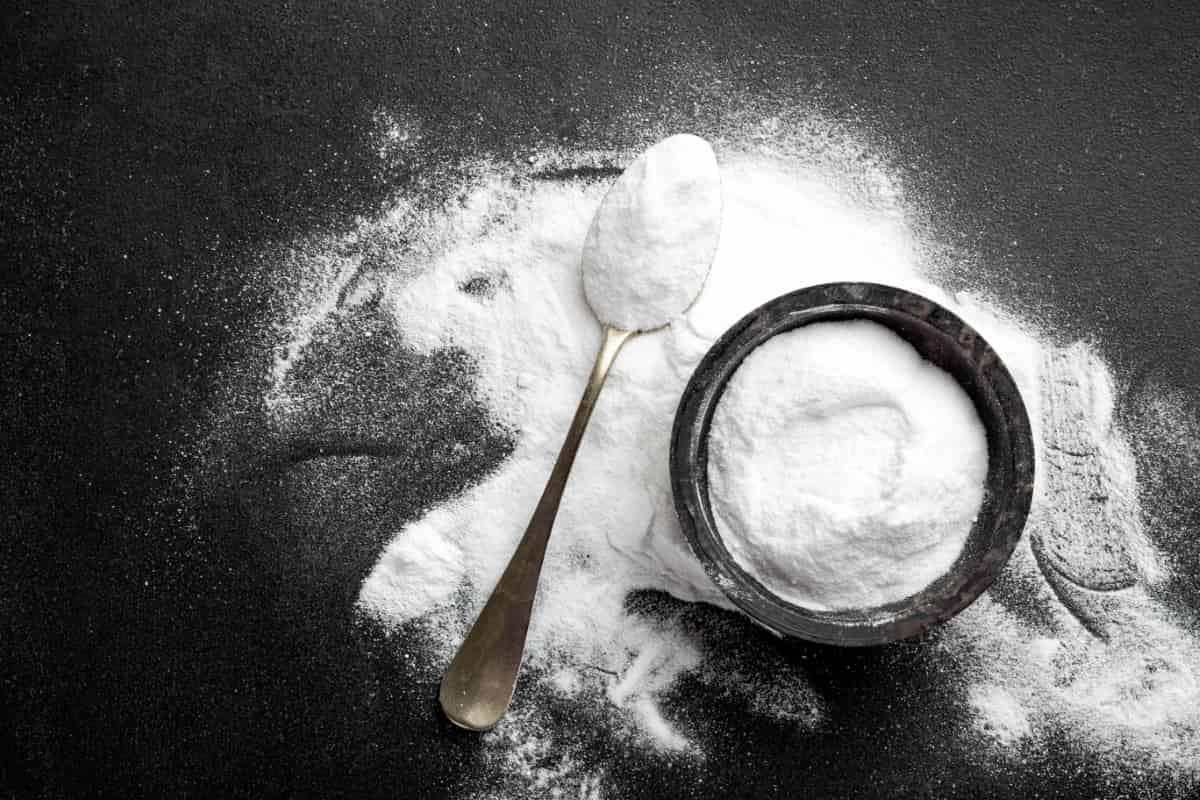Chlorosis in plants is a common issue gardeners face, indicated by yellowing leaves due to insufficient chlorophyll. This condition can hinder plant growth, leading gardeners to seek effective treatments. One such remedy that has garnered attention is baking soda for treating chlorosis in plants.

While often associated with baking, baking soda can be a versatile garden aid, addressing problems like fungal infections and soil pH imbalances, which are often underlying causes of chlorosis. This article will explore how to use baking soda for treating chlorosis in plants, highlight the miracles of baking soda in the garden, and caution against using too much baking soda on plants, as it can adversely affect plant growth.
Baking Soda for Treating Chlorosis
Understanding Chlorosis in Plants: Causes and Symptoms
Chlorosis in plants typically manifests as yellowing leaves, especially between the veins, while the veins themselves remain green. This condition arises from a lack of chlorophyll, which plants need for photosynthesis. Several factors can lead to chlorosis, including poor drainage, damaged roots, compacted soil, and nutrient deficiencies—commonly iron, zinc, or nitrogen. These deficiencies might result from high soil pH, which can limit nutrient availability. Recognizing the symptoms early is crucial for effective treatment, as prolonged chlorosis can severely affect plant health.
The Role of Baking Soda in Treating Chlorosis
Baking soda, a common kitchen staple, can play a significant role in treating chlorosis in plants. It’s known for its ability to regulate pH levels in soil, which can improve nutrient availability and absorption, thereby addressing one of the core causes of chlorosis. The effect of baking soda on plant growth is notable when used correctly; it creates a less acidic environment that can help certain nutrients become more accessible to plants. Additionally, baking soda is known for its fungicidal properties, which can help manage fungal infections that may lead to or exacerbate chlorosis.
Precautions and Safety Measures When Using Baking Soda for Chlorosis Treatment
When considering baking soda for chlorosis treatment, it’s important to take certain precautions and safety measures. Too much baking soda on plants can lead to an increase in soil salinity, which can cause harm rather than help. To avoid this, it’s crucial to use baking soda in moderation and only when necessary. Careful dosage and application are key to preventing any potential negative impact on plant growth and soil health.
Step-By-Step Guide: Using Baking Soda as A Foliar Spray for Chlorosis
Using baking soda as a foliar spray for chlorosis involves a few straightforward steps. To start, combine a teaspoon of baking soda with a quart of water. This dilute solution helps ensure that the baking soda does not overwhelm the plant. Once mixed, transfer the solution into a spray bottle. Spritz the affected leaves with the solution, being careful not to oversaturate them. The baking soda can help reduce the acidity of the leaf surface, potentially improving chlorophyll production and reducing the symptoms of chlorosis.
In case you missed it: How to Get Rid of Cabbage Worms with Baking Soda, Neem Oil, Homemade Spray, Vinegar, and Dish Soap

How to Prepare a Baking Soda Solution for Soil Application in Treating Chlorosis
To prepare a baking soda solution for soil application in treating chlorosis, you should mix baking soda with water at a ratio that is effective yet safe for plants. Generally, 1 tablespoon of baking soda per gallon of water is a good starting point. After mixing, put the solution right on the ground near the sick plant’s bottom. This application can help adjust the pH of the soil, making nutrients that are locked away due to high acidity more available to the plant.
The Importance of pH Testing in Determining the Need for Baking Soda Treatment
Before using baking soda to treat chlorosis, it’s critical to test the soil’s pH. If the soil is already alkaline, adding baking soda could worsen the problem. A pH test can confirm if the soil is too acidic and, therefore could benefit from an application of baking soda. If the pH level is appropriate, chlorosis might be due to other factors, and different treatment methods should be considered.
Dosage Recommendations for Baking Soda Application in Chlorotic Plants
Dosage recommendations for baking soda application in chlorotic plants are essential to follow. Typically, a lighter dose is best to start with, such as 1 teaspoon per gallon of water for foliar spray and 1 tablespoon per gallon for soil application. Observe the plant’s response over the course of a few days or weeks. If no improvement is seen, the dosage can be slightly increased. Be careful not to use too much because too much salt in the soil can damage the plant’s roots and health.
In case you missed it: Can Vinegar or Baking Soda Kill Leaf Miners: How About Neem Oil?

Best Practices for Applying Baking Soda to Treat Chlorosis in Different Plant Species
When applying baking soda to different plant species for chlorosis treatment, it’s crucial to consider each plant’s specific needs and sensitivities. Research the preferred soil pH for each species, as some plants thrive in more acidic conditions and could be harmed by baking soda applications. Use the baking soda mix when it’s not too hot to avoid hurting the leaves. Begin with a mild mixture and only make it stronger if nothing bad happens to the plant. Testing the soil pH before and after application will also help tailor the treatment to each plant’s requirements.
Monitoring and Evaluating the Effectiveness of Baking Soda Treatment for Chlorosis
After applying baking soda treatment, it’s important to monitor the plant’s recovery from chlorosis regularly. Check for signs of new, healthy green growth and reduction of yellowing in the leaves. This could take a few weeks to become noticeable. If there is no improvement or if the plant’s condition worsens, discontinue the use of baking soda and reassess the situation to determine if the chlorosis might be due to other factors such as pests, diseases, or different nutrient deficiencies. Keeping a record of treatments and plant responses can be helpful in managing chlorosis effectively.
Alternative Methods for Treating Chlorosis in Plants
If baking soda treatment is ineffective or unsuitable for certain plants, there are alternative methods for treating chlorosis. Iron chelates can be applied to directly address iron deficiency, a common cause of chlorosis. Organic compost or manure can improve soil health and nutrient availability naturally. Foliar feeds with essential nutrients can provide immediate relief to deficient plants. Additionally, ensuring proper watering, drainage, and root health can prevent and address many causes of chlorosis without the need for pH adjustment.
In case you missed it: Homemade DIY Baking Soda Solution for Pests and Disease Control: Recipe for Natural and Organic Benefits of Plants

Conclusion
Baking soda can be an efficacious, low-cost remedy for plant chlorosis when used with precision and care. It’s important to tailor the application to the specific needs of each plant and closely monitor the results, ready to adjust or switch to alternative treatments as necessary. With these mindful practices, gardeners can maintain the health and vibrancy of their plants through simple yet effective means.
- Feed Your Flock for Less: Top 10 Tips to Save on Chicken Feed
- Ultimate Guide to Ossabaw Island Hog: Breeding, Raising, Diet, and Care
- Hatching Answers: The Top 10 Reasons Your Chickens Aren’t Laying Eggs
- Eggs and Economics: Breaking Down the Cost of Raising Backyard Chickens
- Defend Your Greens: Proven Methods to Keep Iguanas Out of Your Garden
- Ultimate Guide to Cinnamon Queen Chicken: A Comprehensive Guide for Beginners
- Ultimate Guide to California Tan Chicken: Breeding, Raising, Diet, Egg-Production and Care
- Ultimate Guide to Marsh Daisy Chicken: Breeding, Raising, Diet, and Care
- 10 Types of Chicken Farming Businesses You Can Start for Profits